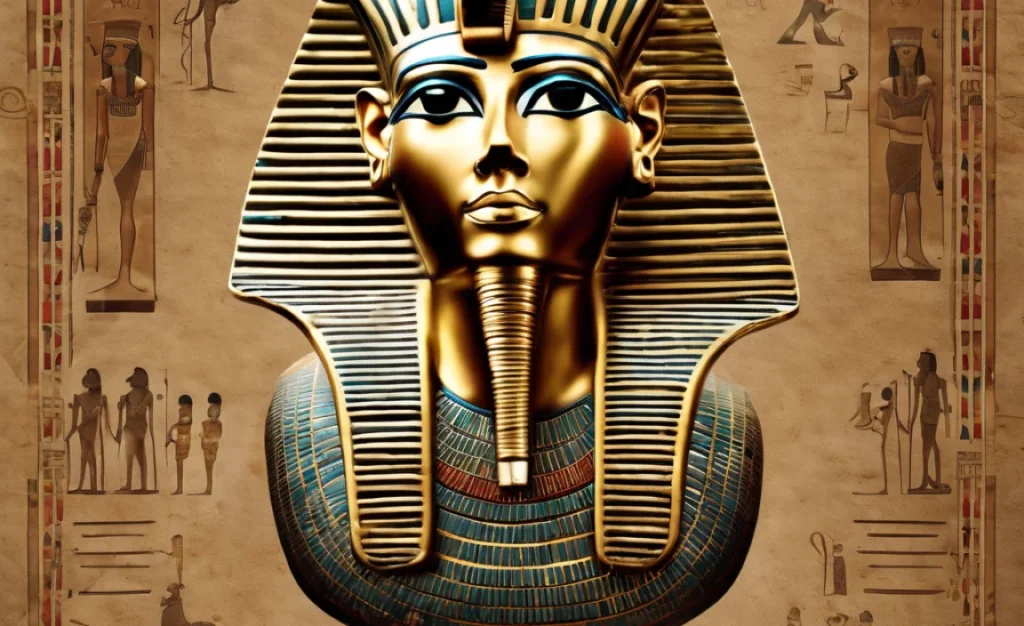Have you ever wondered what secrets ancient Egypt holds? This land of pharaohs and pyramids has many hidden facts waiting to be discovered. Imagine stepping back in time to uncover mysteries that have puzzled people for centuries. Ancient Egypt is full of surprises, from the mighty Nile to the mysterious tombs. Let’s dive into these fascinating tales and uncover the hidden wonders of ancient Egypt together!
Key Takeaways
- Ancient Egypt had fascinating hidden facts and stories.
- The pyramids were not built by slaves but by workers.
- Egyptians loved games and had board games to play.
- Pharaohs wore special crowns for different occasions.
- The Nile River was central to Egyptian life and survival.
Secrets of Egyptian Pharaohs
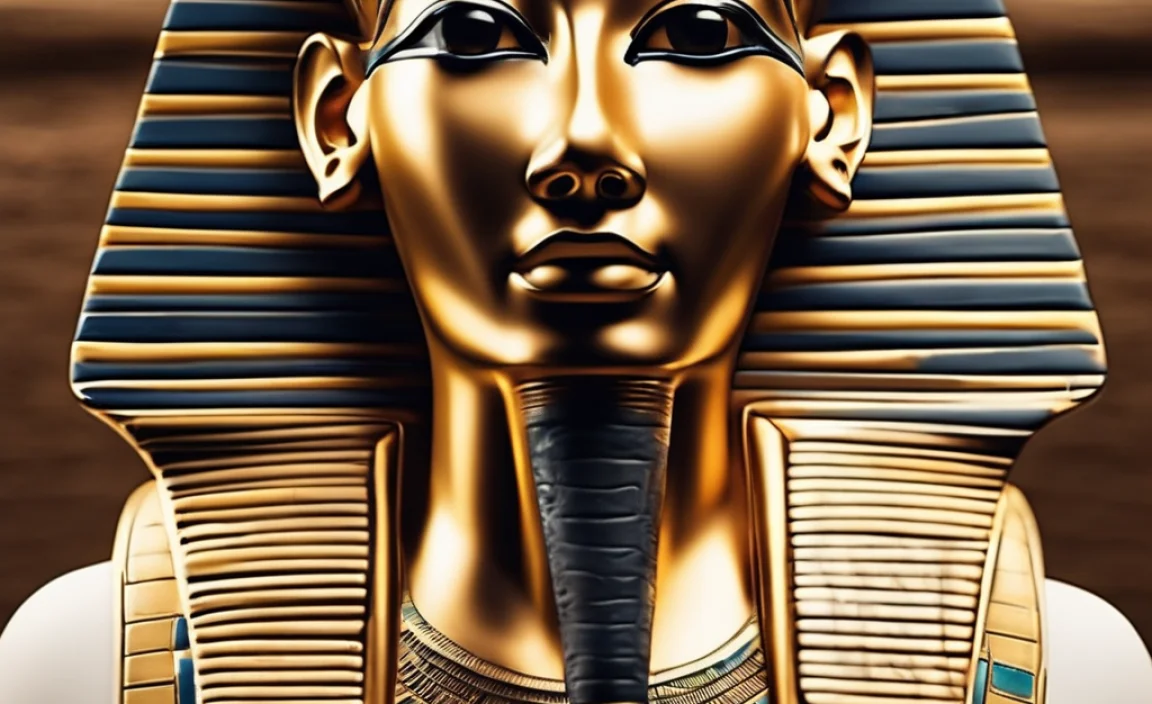
Pharaohs were the rulers of ancient Egypt, and they were considered gods on Earth. They lived in grand palaces and had immense power. These leaders had many hidden secrets and traditions. Did you know that they wore special crowns for different events? The Red Crown was for Lower Egypt, while the White Crown was for Upper Egypt. Together, these crowns showed the unity of the two lands.
- Pharaohs were worshipped as gods.
- They wore different crowns for various occasions.
- Pharaohs had secret advisors.
- They led military campaigns.
- Their tombs were filled with treasures.
- Pharaohs were often mummified after death.
- They were buried in elaborate tombs.
Pharaohs often had secret advisors who helped them rule. These advisors were trusted to make important decisions. The pharaohs also led military campaigns to expand their lands. When pharaohs died, they were buried with treasures and mummified to preserve their bodies for the afterlife. Their tombs were filled with riches and artifacts. Fun Fact or Stats : King Tutankhamun’s tomb had over 5,000 artifacts!
The Life of a Pharaoh
What was it like to be a pharaoh in ancient Egypt? A pharaoh had many responsibilities. They had to protect their people and make sure everyone was happy. Pharaohs also built magnificent temples and monuments. These structures were meant to honor the gods and showcase their power. Imagine being responsible for such a vast kingdom! Their lives were full of duties, but they also enjoyed great luxuries.
The Mystery of the Pharaohs’ Crowns
Why did pharaohs wear different crowns? Each crown had its own meaning. The Red Crown symbolized Lower Egypt, and the White Crown symbolized Upper Egypt. When a pharaoh wore both, it meant they ruled over all of Egypt. These crowns showed their power and authority. Have you ever seen pictures of pharaohs wearing these crowns? They are fascinating and tell us about their reign.
Pharaohs’ Secret Advisors
Pharaohs needed help to rule such a large kingdom. They had secret advisors known as viziers. These viziers were powerful and trusted. They helped make decisions and managed day-to-day activities. Why were these advisors secret? It was important for the pharaoh to have private guidance. Without these advisors, ruling ancient Egypt would have been much harder!
Unraveling the Mystery of the Pyramids
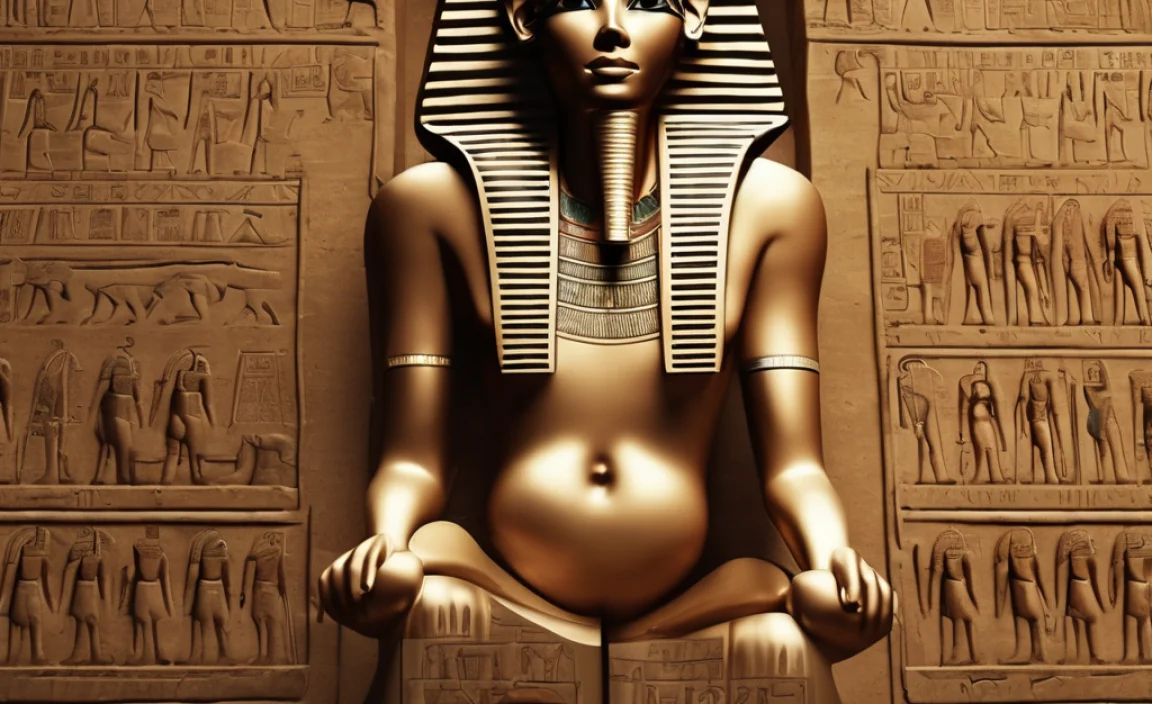
The pyramids are one of the most famous symbols of ancient Egypt. They are incredible structures made of huge stones. But how were they built? Did you know that they were not built by slaves? Instead, skilled workers constructed these magnificent buildings. Each stone weighed as much as an elephant! These workers were proud of their role in history.
- Built by skilled workers, not slaves.
- Huge stones used in construction.
- Workers were paid with food and beer.
- Aligned with stars and cardinal points.
- Built as tombs for pharaohs.
- Hundreds of workers needed for construction.
- Work was done mostly in cooler months.
These workers were paid with food and beer, which was a common practice. The pyramids were carefully aligned with the stars and cardinal points. They served as tombs for pharaohs and were meant to help them in the afterlife. The construction was mostly done during the cooler months to avoid the intense heat. Fun Fact or Stats : The Great Pyramid of Giza contains around 2.3 million stones!
Who Built the Pyramids?
Many people think slaves built the pyramids, but that’s not true. Skilled workers constructed them. These workers were well-fed and respected. They lived in nearby villages and dedicated their lives to building these amazing structures. How incredible is that? Imagine working on something that would last for thousands of years!
How Were Pyramids Aligned?
The pyramids were aligned with great precision. But how did they do it? The ancient Egyptians used the stars to guide them. They aligned the pyramids with the North Star and the cardinal points. This alignment was crucial for religious reasons. Isn’t it amazing how they achieved such accuracy without modern tools?
Inside the Pyramids
Have you ever wondered what is inside a pyramid? The inside is full of tunnels and chambers. These chambers were designed to hold the pharaoh’s body and treasures. Imagine walking through dark passageways filled with mystery. The walls were often decorated with hieroglyphs, telling stories of the pharaoh’s life.
Ancient Egyptian Games and Play
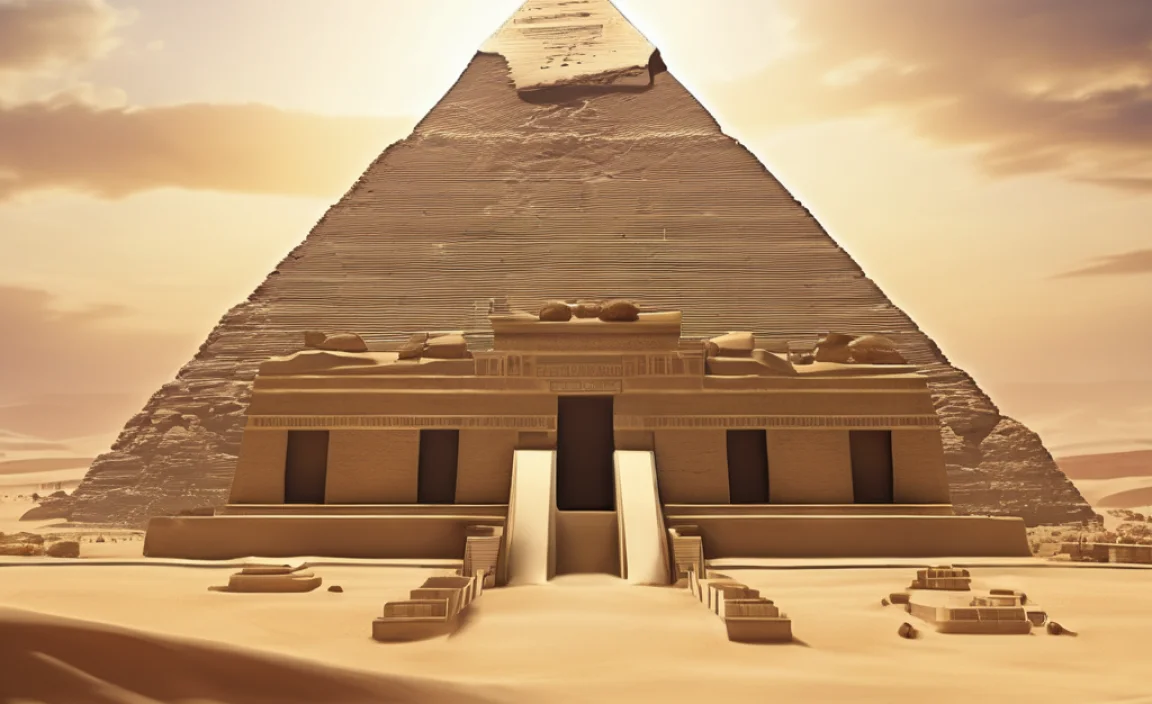
Did you know ancient Egyptians loved games? They were just like us! They played board games and had fun with friends. One popular game was Senet, which was similar to our board games today. The Egyptians believed these games had a spiritual meaning. Playing games was a way to connect with the gods and the afterlife.
- Senet was a popular board game.
- Games had spiritual significance.
- Children played with dolls and toys.
- Adults enjoyed sports like wrestling.
- Festivals included games and entertainment.
- Games were used to teach children.
- Playing connected them to gods.
Children played with dolls and other toys, while adults enjoyed sports like wrestling. Festivals were a time for games and entertainment. Games were even used to teach children important lessons. Playing was a way to bond with others and the gods. Fun Fact or Stats : Senet boards have been found in many tombs, showing its popularity!
The Popular Game of Senet
Have you ever played a board game with your friends? Ancient Egyptians loved Senet. It’s one of the oldest known board games. Players moved pieces across a board with squares. The goal was to get all your pieces off the board first. Senet was more than just a game; it was a spiritual journey. Winning symbolized protection in the afterlife.
Toys of Ancient Egyptian Children
What toys did ancient Egyptian children play with? They had dolls, balls, and animal figures. Just like today, toys were a big part of their lives. Toys were made from wood, clay, and cloth. Children played games similar to tag and hide-and-seek. Imagine playing with toys that were handmade thousands of years ago!
Games for Adults
Adults in Egypt enjoyed games too! Sports like wrestling and stick fighting were popular. These games were often played during festivals. They kept people fit and entertained. Why were these games important? They brought people together and provided a break from daily life. Imagine cheering for your favorite team in ancient times!
The Role of the Nile River
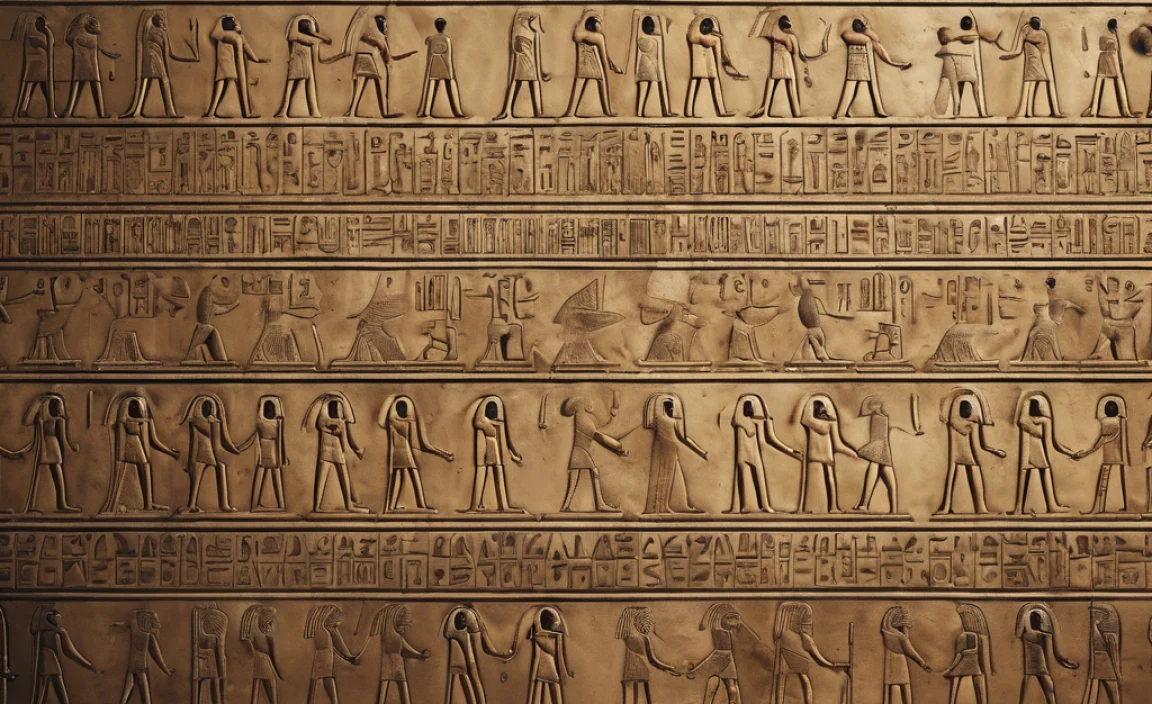
The Nile River was the lifeline of ancient Egypt. It provided water, transportation, and fertile land. Without it, life in Egypt would have been impossible. Every year, the Nile flooded, leaving rich soil for farming. This helped the Egyptians grow crops like wheat and barley. Farmers relied on the Nile’s predictable flooding to feed their families.
- Nile provided water and fertile soil.
- Annual floods enriched the land.
- Transportation route for trade.
- Supported agriculture and fishing.
- Connected Upper and Lower Egypt.
- Central to religious beliefs.
- Allowed Egypt to thrive.
The Nile was also a major transportation route. Boats traveled up and down the river, connecting different parts of Egypt. The river supported agriculture, fishing, and trade. It was central to Egyptian religious beliefs. The Nile allowed Egypt to thrive and become a powerful civilization. Fun Fact or Stats : The Nile is the longest river in the world, stretching over 4,100 miles!
The Nile’s Annual Floods
Every year, the Nile River would flood. This might sound scary, but it was a blessing. The floods left behind nutrient-rich soil. Farmers counted on this to grow their crops. This annual event made farming possible in the desert. Have you ever seen a flood? Imagine how it transformed the land into a lush, green paradise!
Using the Nile for Transportation
The Nile was ancient Egypt’s highway. Boats carried goods and people up and down the river. This made trade easier and connected distant communities. Have you ever been on a boat? Imagine traveling through Egypt on the Nile. It was a vital part of everyday life and helped Egypt become a trading powerhouse.
The Nile and Religion
Why was the Nile important in Egyptian religion? The river was seen as a gift from the gods. It was associated with the god Hapi, the god of the annual floods. Egyptians believed the Nile brought life and prosperity. The river was worshipped and celebrated in rituals. Can you imagine a river so important that it was part of your religion?
Fascinating Egyptian Hieroglyphs
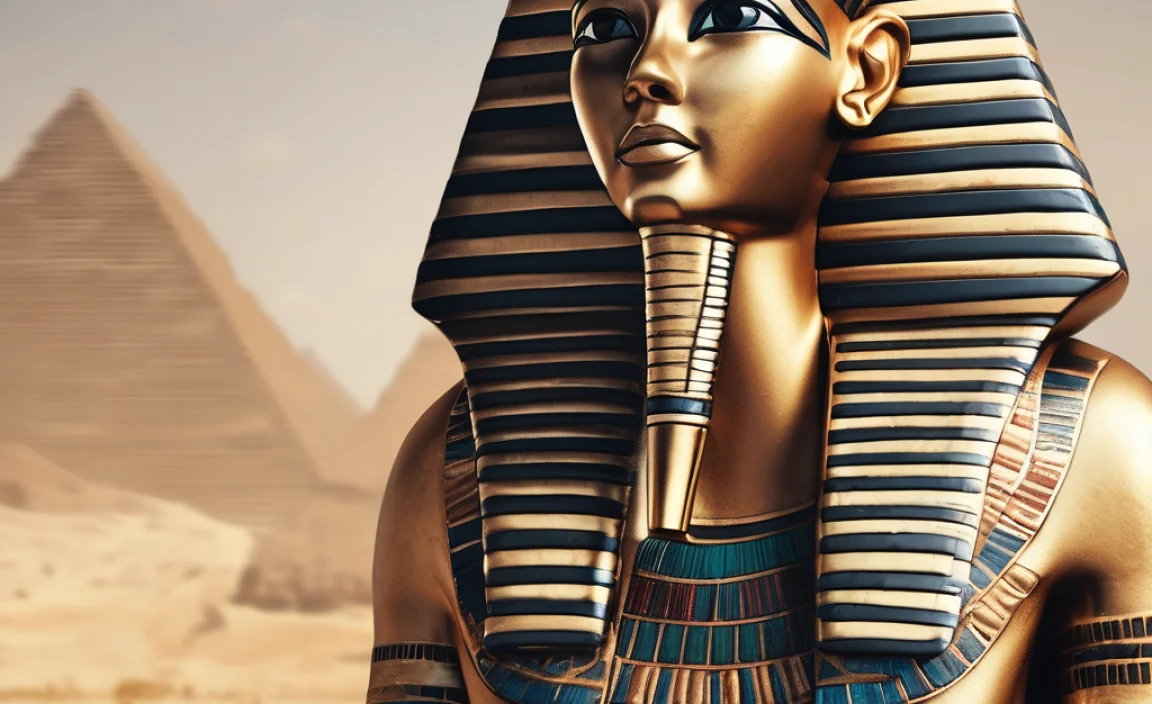
Hieroglyphs were the writing system used in ancient Egypt. These symbols told stories and recorded history. They were carved on temple walls, tombs, and papyrus scrolls. Hieroglyphs were a mix of pictures and symbols. Did you know that there are over 700 different hieroglyphs? Learning to read them was a complicated task!
- Over 700 different hieroglyphs.
- Used for recording history and stories.
- Carved on temples and tombs.
- Written on papyrus scrolls.
- Combines pictures and symbols.
- Key to understanding Egyptian culture.
- Deciphered with the Rosetta Stone.
Hieroglyphs were essential for understanding Egyptian culture and history. They were used to decorate temples and tell the stories of the gods. The Rosetta Stone was key in deciphering these ancient symbols. It allowed us to unlock the mysteries of ancient Egypt. Fun Fact or Stats : The Rosetta Stone has the same text in three scripts: Greek, Demotic, and hieroglyphs!
The Creation of Hieroglyphs
How were hieroglyphs created? Ancient Egyptians used chisels and hammers to carve them into stone. Artists also painted them on papyrus scrolls. Creating hieroglyphs was an art form. Writers had to be skilled and precise. Imagine the time and effort needed to create just one inscription!
Why Use Hieroglyphs?
Why did Egyptians use hieroglyphs instead of simple writing? Hieroglyphs were sacred and held deep meaning. They were believed to have magical powers. Writing with pictures allowed Egyptians to communicate complex ideas and stories. It was also a way to honor the gods. Have you ever tried drawing your thoughts instead of writing them?
Unlocking the Mystery of Hieroglyphs
For centuries, hieroglyphs were a mystery. But in 1799, the Rosetta Stone was discovered. This stone had the same message in three scripts: Greek, Demotic, and hieroglyphs. Using the Greek text, scholars were able to decode the hieroglyphs. This breakthrough unlocked the secrets of ancient Egypt. How exciting is that, to finally understand a language lost for centuries?
Conclusion
Ancient Egypt was a land full of wonders and secrets. From the majestic pyramids to the powerful pharaohs, this civilization has many hidden facts. These mysteries continue to fascinate and inspire us today. Learning about ancient Egypt’s hidden facts helps us understand the past and appreciate their achievements. What new secrets will we uncover next?
FAQs
Question: What is one ancient Egypt hidden fact?
Answer: One hidden fact is that the pyramids were built by skilled workers, not slaves. This challenges the common belief and shows the importance of these workers in constructing such magnificent structures.
Question: How were hieroglyphs deciphered?
Answer: Hieroglyphs were deciphered using the Rosetta Stone. This stone had the same text written in Greek, Demotic, and hieroglyphs. Scholars used the Greek text to understand the hieroglyphs, unlocking the secrets of ancient Egypt.
Question: What was the role of the Nile River in ancient Egypt?
Answer: The Nile River was essential for water, transportation, and fertile land. Its annual floods provided rich soil for farming. The Nile also connected different parts of Egypt and played a central role in religious beliefs.
Question: What games did ancient Egyptians play?
Answer: Ancient Egyptians played games like Senet, a popular board game. They also enjoyed sports like wrestling and stick fighting. Games were played during festivals and held spiritual significance, connecting them to the gods.
Question: Why were pharaohs considered gods?
Answer: Pharaohs were considered gods because they were viewed as divine rulers on Earth. They were seen as the link between the gods and the people. Their role was to maintain order and harmony in the kingdom.
Question: How did ancient Egyptians view the pyramids?
Answer: Ancient Egyptians saw the pyramids as tombs for pharaohs. They believed the pyramids helped pharaohs in the afterlife. The pyramids were carefully aligned with the stars to ensure a successful journey to the afterlife.


